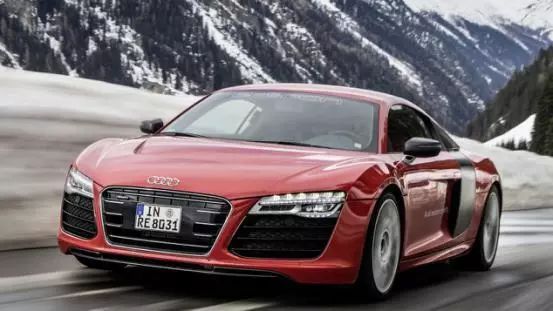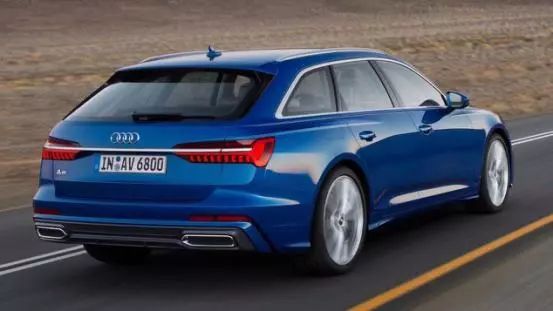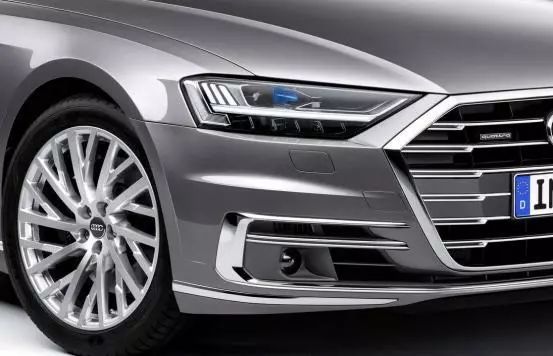
Audi, known as the “light factory,” has become a leader in automotive lighting research and has gained widespread recognition from consumers. It is noteworthy that among mainstream manufacturers, only Audi dares to use different DRL shapes on different models, while others stick to a uniform shape.

Some say there are two types of car lights in the world: Audi lights and other lights; others say that in the Le Mans race, some are there to compete, while Audi competes with its lights. Moreover, in any update of Audi’s lineup, the headlights are guaranteed to be redesigned, which is why they are known as the “light factory.”
01
Pushing Headlights to the Limit: The Only Light Factory in the World
In 2001, when BMW fell in love with angel eyes and Mercedes unveiled peanut lights, Audi was still stuck in the 90s with its headlight design. Thus, Audi, which has always labeled itself with technology, found another “G-spot” that excited consumers beyond engines and transmissions. The year 2004 marked a turning point for Audi as the A8 was the first model equipped with LED daytime running lights, and the following year, LEDs were integrated into the A6 Avant’s taillights.

LED headlights are indeed irresistible, and that sense of technology is something we still cannot resist today. After achieving mass production of full LED headlights and LED strip taillights, Audi turned its attention to turn signals. In 2012, the Audi R8 was the first to use dynamic turn signals, which were later added to the A8 and S8. The flowing light at night captivated countless people, yet this did not halt Audi’s progress.

At the 2013 CES, or International Consumer Electronics Show, Audi unveiled OLED lighting technology, which enables taillights to change according to the vehicle’s driving status. At that year’s CES, Audi also showcased new laser taillight technology, and the following year, the first concept car featuring laser headlights was officially revealed. By 2015, the prologue concept car equipped with matrix laser headlights also made its debut.
02
Not Just Lights but Technology: Audi’s Big Move at CES 2019
When everyone thought Audi had mastered automotive lighting, the company shifted its focus to technology. According to reports, the German automaker Audi announced that it would showcase its next-generation in-car entertainment system at the International Consumer Electronics Show (CES) in Las Vegas in January 2019. This system will differ from current in-car systems and is a new “journey entertainment mode,” referred to by Audi as an “immersive in-car entertainment system.” When the vehicle is stationary, users can watch current Hollywood movies and streaming content for a “cinema-like experience.”

In fact, several years ago, the Audi TT already showcased Audi’s virtual cockpit concept, where the TT lacked a central control screen, and all content was displayed on a fully digital instrument panel, where users could even watch TV programs. It is speculated that at this CES, Audi will likely demonstrate how to transform car driving into a multi-entertainment cinema cockpit using its only electric vehicle model, the e-tron.
Final Thoughts
Audi’s e-tron is already packed with advanced technologies, including a fully digital instrument panel, multimedia screens, climate control panels, and two unique interior visible rearview mirrors, amounting to five LCD screens in total, giving the interior a strong sense of technology. Furthermore, this in-car infotainment system is powerful, transforming the vehicle from a mere transportation tool into an “amusement park.” Additionally, the design concept of this system is positioned as interconnected autonomous driving assistance, so with such enhancements, does the Audi e-tron become even more appealing?
Previous Selections



